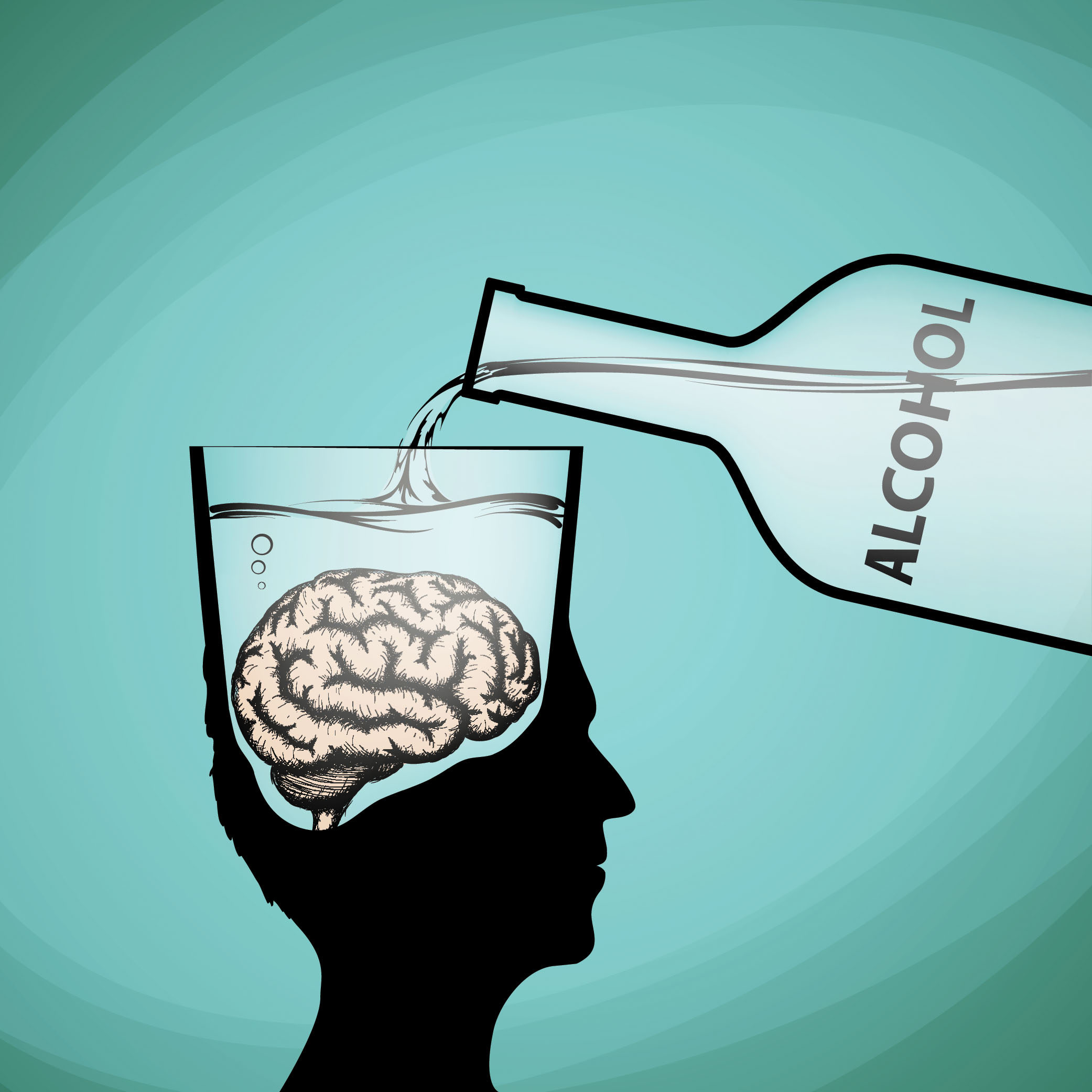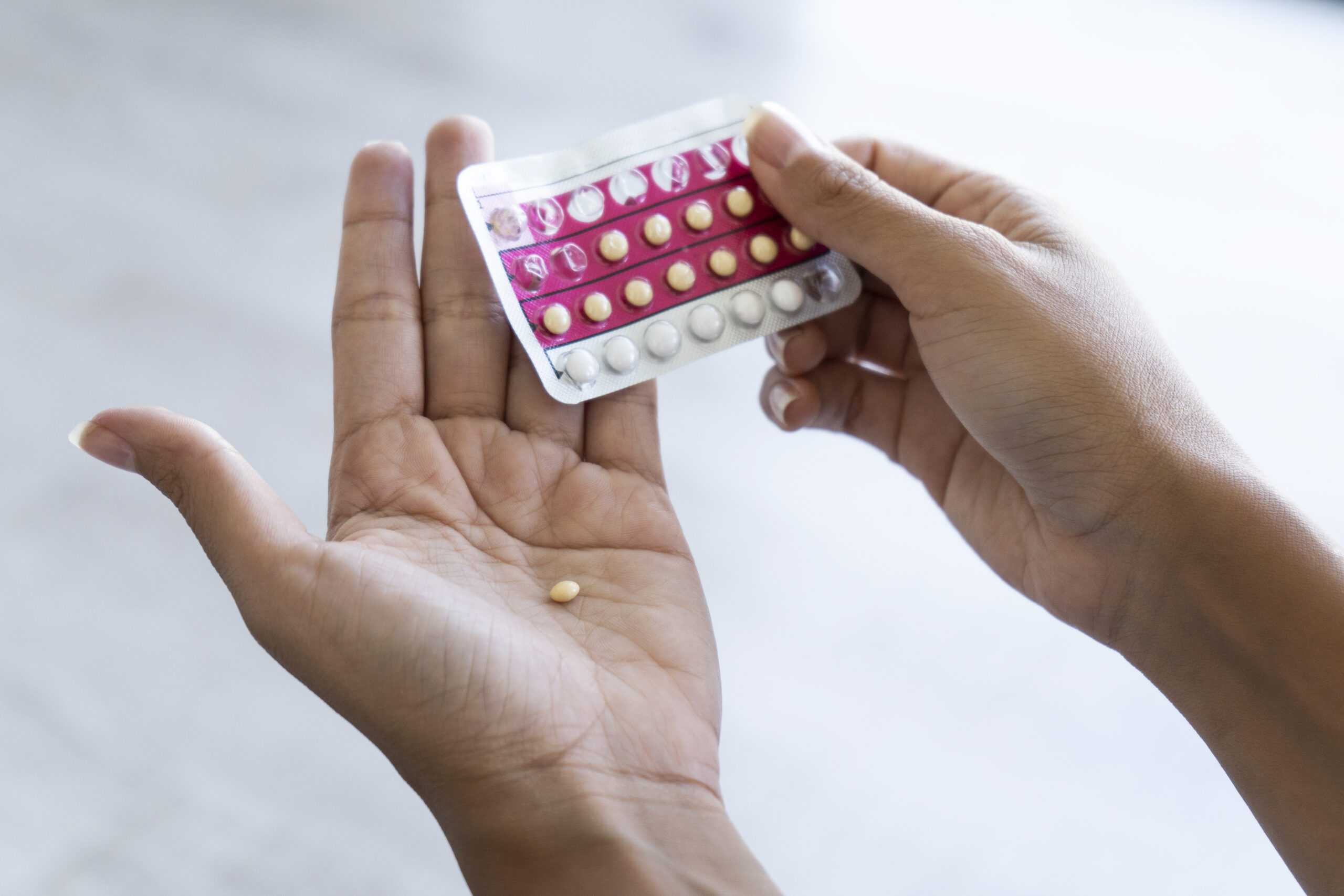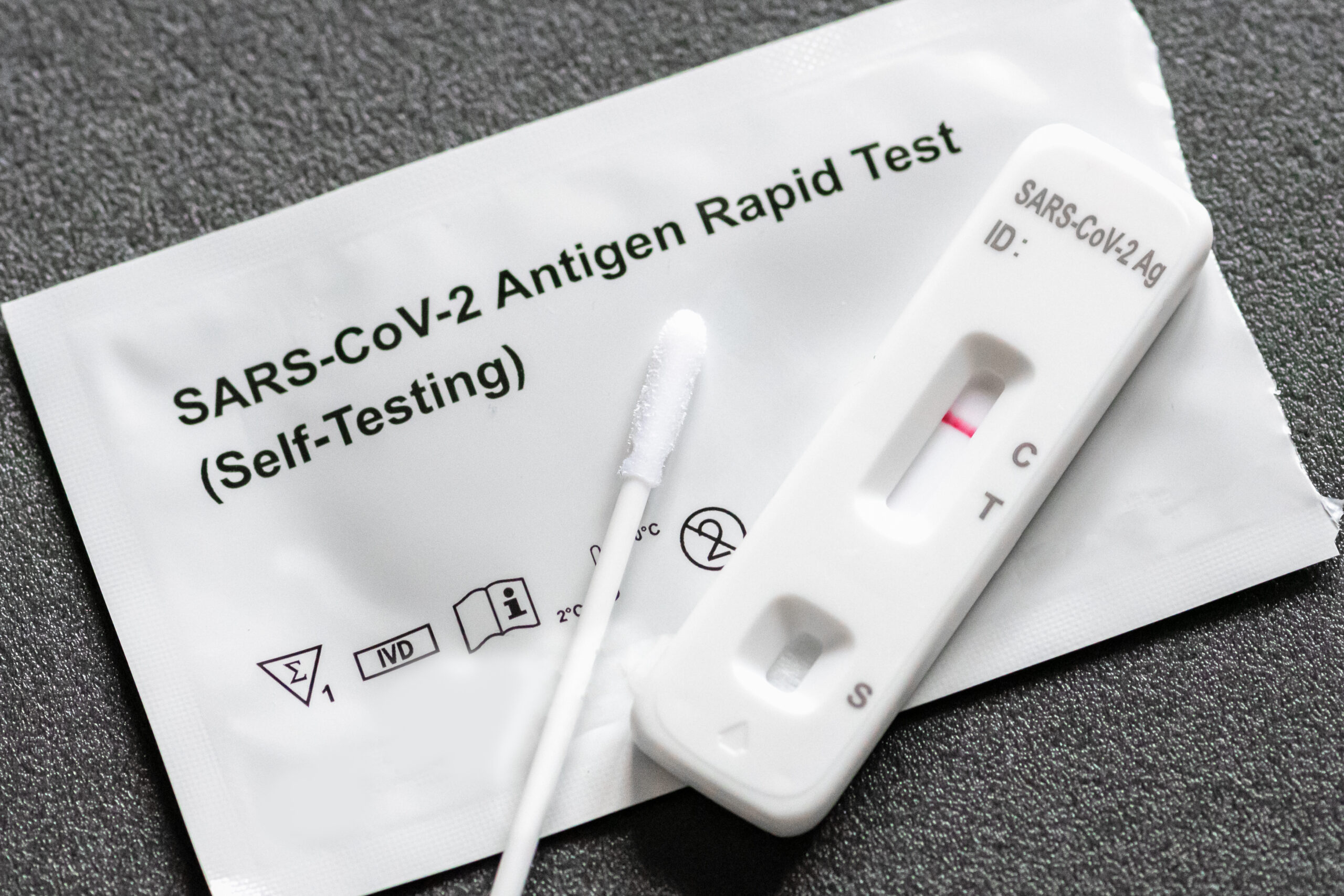Prioritize Heart Health with These 5 Nutrient-Packed Recipes
When it comes to heart health, the saying “you are what you eat” holds true. A diet low in saturated fat and cholesterol but rich in fiber, healthy fats, and essential nutrients can go a long way in supporting a strong, healthy heart. Whether you’re looking to prevent heart disease or just want to improve your overall well-being, heart-healthy recipes don’t have to be bland or boring. Below, we’ve curated five delicious dishes that are bursting with flavor and packed with ingredients like whole grains, lean proteins, and heart-friendly fats. These meals make it easy—and enjoyable—to eat your way to better heart health.
1. Mediterranean Chickpea Salad
A fresh and colorful salad inspired by the heart-healthy Mediterranean diet. Chickpeas provide plant-based protein and fiber, while olive oil and fresh vegetables add antioxidants and healthy fats to protect your heart.
Ingredients:
- 1 can (15 oz) chickpeas, rinsed and drained
- 1 cup cherry tomatoes, halved
- 1 cucumber, diced
- 1/4 cup red onion, finely diced
- 2 tbsp olive oil
- 2 tbsp lemon juice
- 1 tsp dried oregano
- Freshly ground black pepper, to taste
Instructions:
- Combine chickpeas, tomatoes, cucumber, and red onion in a bowl.
- Whisk olive oil, lemon juice, oregano, and black pepper in a small bowl.
- Pour dressing over the salad, toss to coat, and serve immediately or chilled.
2. Quinoa and Kale Power Bowl
This nutrient-packed bowl combines protein-rich quinoa with the leafy green goodness of kale, sweet potatoes, and avocado. It’s a complete, satisfying meal loaded with vitamins, minerals, and healthy fats to support cardiovascular health.
Ingredients:
- 1 cup cooked quinoa
- 2 cups kale, chopped
- 1/2 cup roasted sweet potato cubes
- 1/4 avocado, sliced
- 2 tbsp pumpkin seeds
- 1 tbsp olive oil
- 1 tbsp balsamic vinegar
- A pinch of paprika
Instructions:
- Massage kale with olive oil until tender.
- Arrange quinoa, kale, sweet potato, avocado, and pumpkin seeds in a bowl.
- Drizzle with balsamic vinegar and sprinkle with paprika before serving.
3. Lentil and Spinach Soup
Warm, comforting, and easy to prepare, this soup is a powerhouse of heart-healthy ingredients. Lentils provide plant-based protein and fiber, while spinach offers antioxidants like vitamin C, which can reduce inflammation and improve heart function.
Ingredients:
- 1 tbsp olive oil
- 1 medium onion, diced
- 2 garlic cloves, minced
- 1 tsp cumin
- 1 cup dried lentils, rinsed
- 4 cups low-sodium vegetable broth
- 2 cups spinach, chopped
- 1/4 tsp ground black pepper
- Juice of 1 lemon
Instructions:
- Heat olive oil in a large pot over medium heat. Sauté onion and garlic until softened.
- Stir in cumin, lentils, and broth. Simmer for 25 minutes until lentils are tender.
- Add spinach and cook for 2-3 minutes until wilted. Season with black pepper and lemon juice.
4. Grilled Salmon with Lemon and Dill
Salmon is a go-to for heart health, thanks to its high levels of omega-3 fatty acids, which can help reduce blood pressure and lower triglycerides. Pair it with lemon and dill for a simple yet flavorful meal that’s light and nourishing.
Ingredients:
- 2 salmon fillets (4-6 oz each)
- 1 tbsp olive oil
- Juice of 1/2 lemon
- 1 tsp dried dill
- 1/2 tsp garlic powder
- Freshly ground black pepper, to taste
Instructions:
- Preheat grill or grill pan to medium heat.
- Rub salmon fillets with olive oil and season with lemon juice, dill, garlic powder, and black pepper.
- Grill for 4-5 minutes per side, or until cooked through. Serve with steamed vegetables or a side salad.
5. Avocado Toast with Tomato and Basil
Perfect for breakfast or a quick snack, this simple toast delivers a heart-friendly combo of whole-grain bread, creamy avocado, and juicy tomatoes. Topped with fresh basil and spices, it’s as delicious as it is nutritious.
Ingredients:
- 2 slices whole-grain bread, toasted
- 1/2 avocado, mashed
- 1 small tomato, sliced
- 1 tbsp fresh basil, chopped
- A pinch of crushed red pepper flakes
- Freshly ground black pepper, to taste
Instructions:
- Spread mashed avocado evenly on toasted bread slices.
- Top with tomato slices and sprinkle with basil, red pepper flakes, and black pepper.
- Serve immediately for a satisfying and nutritious bite.
Eating for heart health doesn’t mean giving up on flavor or variety. As these recipes show, simple swaps like using healthy fats, incorporating more plant-based ingredients, and relying on natural seasonings can transform everyday meals into heart-boosting feasts. Whether you’re just starting to prioritize your cardiovascular wellness or looking for fresh ideas to maintain a heart-smart diet, these dishes make it easy—and enjoyable—to show your heart some love. Try them out and take a step toward a healthier, happier you!
Want to find more recipes? Read about our low salt recipes here!









